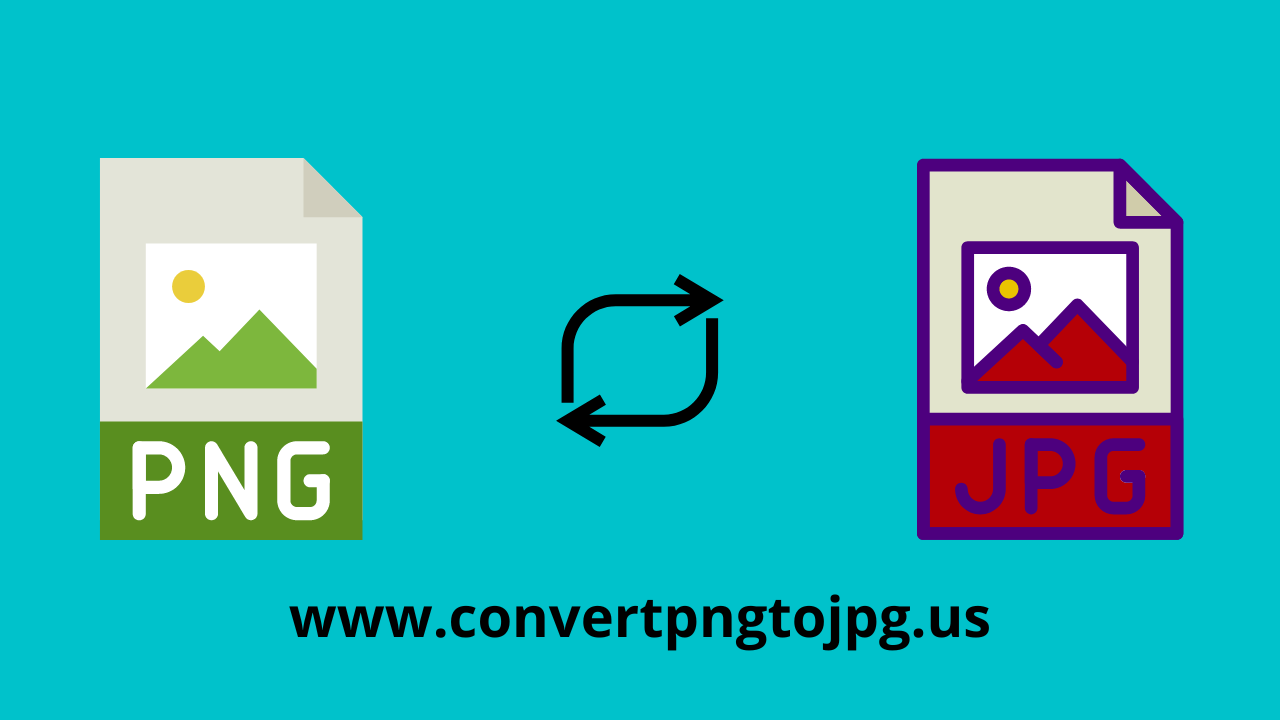JPEG
The JPEG picture format was developed by the Joint Final Professionals Class in early 90s. JPEG images most often end with the record expansion .jpg; while .jpeg, .JPEG, .JPG, .jpg, .jpe, .jfif, and .jfi will also be used. JPEG is really a lossy bitmap retention algorithm designed mainly for digital photos. Lossy means that whenever JPEG images are stored they’re squeezed to less than their unique size, but this comes with a reduction in quality. Typically when preserving a JPEG, retention is defined in rates, with 100% being the highest quality but biggest record size. As a difficult guide, 95% to 85% is good for images and images convert png to jpg utilized in formatting. Photographs of men and women or areas can go down to only 65% without demonstrably obvious artifacts on the image.
For web designers JPEGs save your self place and fill time, and provide a excellent basic picture format for digital images and some logos. When working with JPEGs you have to be mindful to avoid picture degradation. If a JPEG is modified and then stored again as a JPEG, your picture will have ruined in quality because it has been squeezed twice. Sometimes in mere several generations this can provide the picture unusable. It is always most useful to save lots of your images in a lossless format, such as .png, .tiff, .raw, or .xcf, and then, when needed, save your self the record as a JPEG. JPEGs are commonly appropriate on all modern surfers and are probably the most applied picture format on the web.

GIF
The GIF format, or Artwork Interchange Structure, was introduced in 1987 by CompuServe and identifiable by the .gif record extension. It is really a lossless bitmap retention format for color images and movement allowing the usage of 256 colors out of a scheme of 16 million. Lossless implies that all of the data in the initial picture is stored in the stored GIF, while, because GIF just supports 256 colors it isn’t truly a great imitation to the viewer.
Today, GIF is used to produce things like links and low/med-quality movement on websites. GIF isn’t recommended for use with photographs due to the 256 color issue, while you can find workarounds. GIF lively links and the like were once popular, today they’re falling from use, specially because of Thumb and greater taste. Notably, GIF supports transparency, allowing the usage of on or off “see-through” outcomes with images. Currently, PNG and MNG are in the act of superseding the GIF picture format.
PNG
PNG is really a bitmap picture format with lossless picture retention and employs the .png or .PNG record extension. PNG was produced as a license-free replacement to GIF, although without movement support. MNG, PNG’s uncle, was produced to succeed GIF movement feature. PNG has more advanced transparency options than GIF, allowing a complete selection of transparency as found in the photograph below. Nevertheless, Internet Explorer 6 does not support native alpha-channel transparency, nevertheless, in Windows Internet Explorer 7 this is remedied. As of this moment PNG is less well supported than GIF by modern browsers.
For web designers PNG is ideal for images with various transparency and screenshots. Nevertheless, PNG’s usually large record styles prevent it from use as an electronic photography format on the web. They may maybe not appear effectively in some browsers.
SVG
SVG, or Scalable Vector Artwork, is one of the very intriguing, and probably of good use picture forms today. Unlike another forms here, SVG is really a XML mark-up language for vector graphics. Vector artwork, in accordance with Wikipedia, is the usage of geometrical primitives such as details, lines, shapes, and polygons to represent images in pc graphics. Instead of experiencing all of the data for every pixel in an image, as all of the prior picture forms do, SVG defines points in these geometrical primitives. This implies, when you raise how big is an SVG picture, it generally remains sharp, and never becomes pixilated. This could be very ideal for images and different easy artwork, permitting numerous styles of the same picture to be combined with no reduction in quality. Also, SVG images typically have very small record sizes. As seen in the photograph, SVG artwork are not photo-realistic. They also involve various skills and, usually, various programs to produce them.
For web design, SVG files would be the dream for quality of images; unfortunately, Internet Explorer 6 and Opera equally involve plug-ins to view SVG files. Still, SVG images can be used as a lossless picture applied while the archive version, then changed into convert png to jpg JPEG or PNG files for use on the web.
